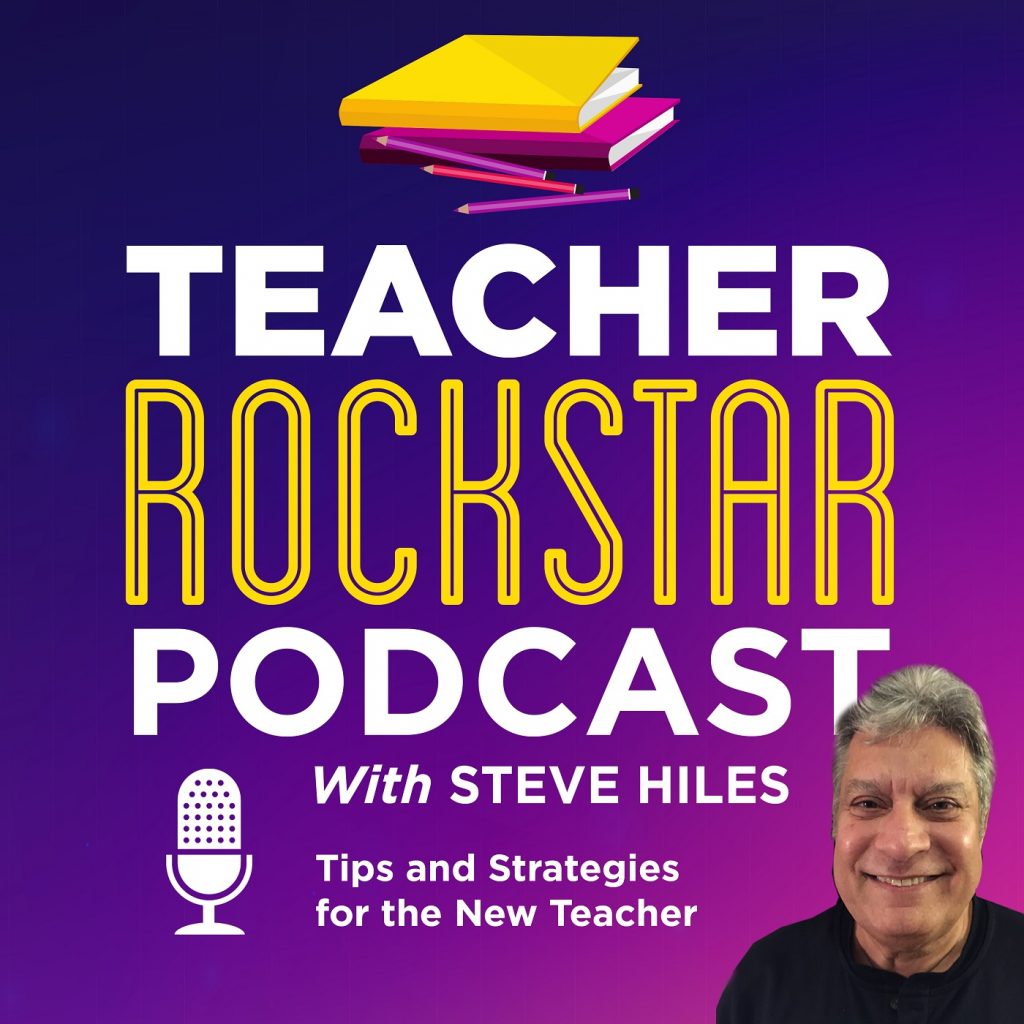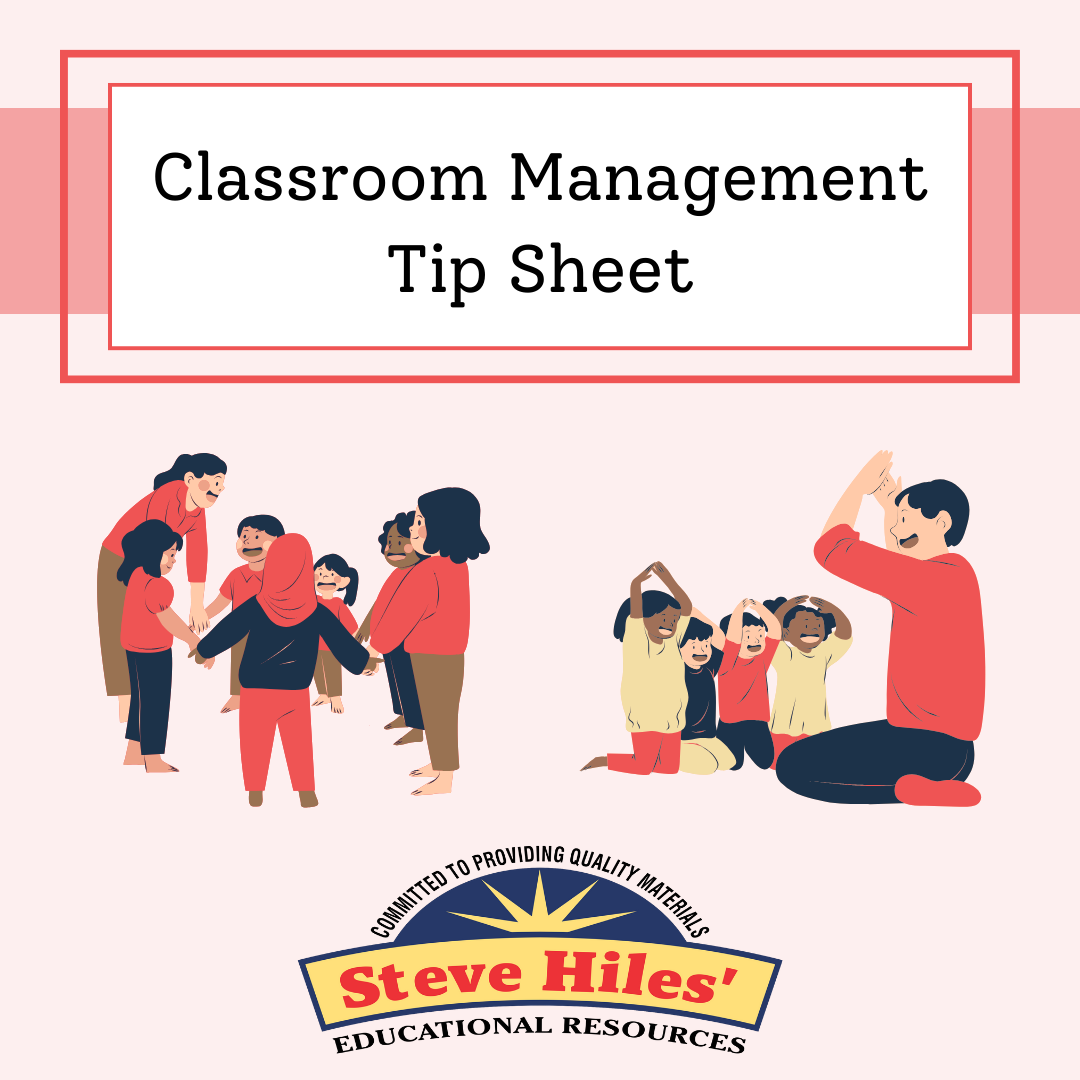Table of Contents
ToggleTL;DR
If you’re designing induction for new teachers, start with a clear purpose (retention + growth), pair each novice with a trained mentor, front-load survival supports the first 6–8 weeks, then sustain growth through structured coaching and PLCs all year. Use this guide’s sample induction plan, activity menu, onboarding checklist, and yearlong calendar to get moving today.
Target keywords: induction activities for new teachers, induction plan for new teachers, induction programs that keep new teachers teaching and improving, what is an induction program for new teachers, induction training for new teachers, new teachers induction program, sample induction program for new teachers
What Is an Induction Program for New Teachers?
A new teacher induction program is a structured, multi-month support system that helps early-career teachers transition from preparation to successful, independent practice. It typically includes:
- Onboarding: Logistics, culture, curriculum, tech, and policies.
- Mentoring & coaching: Regular, standards-aligned guidance from a trained mentor or instructional coach.
- Professional learning: Sequenced workshops tied to what new teachers face month-by-month.
- Observation cycles: Non-evaluative learning visits, co-planning, and actionable feedback.
- Well-being and community: Norms, networks, and reflection to prevent burnout.
Goal: Keep new teachers teaching and improving—boosting student outcomes while increasing retention and job satisfaction.
Principles of Induction Programs That Keep New Teachers Teaching and Improving
- Right support at the right time. Front-load survival skills (class routines, behavior systems, grading workflow) before school starts and in Weeks 1–3; shift to instruction, data, and differentiation after October.
- One clear mentor. Every new teacher should have a named, trained mentor with protected time and a simple, shared coaching toolkit.
- Practice > presentation. Fewer slide decks, more modeling, rehearsal, and feedback (e.g., practice entry routines or conferring language).
- Tight feedback loops. Short, frequent observations (10–15 minutes) + bite-size goals + follow-up within a week.
- Aligned to school systems. Induction should match your curriculum, assessment calendar, and culture (e.g., PBIS, MTSS, IB, NGSS).
- Belonging is a strategy. Relationships and peer networks reduce attrition—schedule spaces to connect, not just to learn.
- Measure what matters. Track teacher experience (surveys), practice (rubrics), and student indicators (attendance, growth) to iterate quickly.
Core Components: The Building Blocks of a Strong New Teachers Induction Program
- Orientation (0–2 weeks before Day 1)
- Mission, values, and “how we do school.”
- Classroom setup day with mentor support.
- Tech/logins, gradebook, SIS, LMS, copier, email etiquette.
- Safeguarding/mandated reporting, code of conduct.
- Curriculum overview + sample lesson “gold standard.”
- Survival kit: parent/guardian communication templates, first-week plans, hallway and transition routines.
- Mission, values, and “how we do school.”
- Mentoring & Coaching (weekly–biweekly)
- Pairing by grade/subject when possible; otherwise, a coach with content back-up.
- Set a 60–90 day goal (e.g., “Tighten routines to gain 10 minutes of learning time per period”).
- Use a consistent cycle: co-plan → model/rehearse → observe (short) → feedback → micro-practice.
- Pairing by grade/subject when possible; otherwise, a coach with content back-up.
- Professional Learning (monthly)
- Sequenced by the real calendar (e.g., October: differentiation for mixed readiness; November: family conferences; January: midyear data/RTI).
- Two formats: all-cohort workshop (60 minutes) + job-embedded lab (in-class model + debrief).
- Sequenced by the real calendar (e.g., October: differentiation for mixed readiness; November: family conferences; January: midyear data/RTI).
- Peer Network (ongoing)
- Cohort huddles (30 minutes) every two weeks: wins, challenges, resource swap.
- Optional “open classroom” days led by mentors.
- Cohort huddles (30 minutes) every two weeks: wins, challenges, resource swap.
- Well-Being & Culture
- Boundary-setting, grading workflows, time block templates.
- Coaching on difficult conversations with students/families—role-play first.
- Boundary-setting, grading workflows, time block templates.
- Observation & Feedback
- Admin/coach walks: 10–15 minutes with 1 leverage point; written note same day, follow-up in 5–7 days.
- At least one non-evaluative video self-reflection per quarter.
- Admin/coach walks: 10–15 minutes with 1 leverage point; written note same day, follow-up in 5–7 days.
- Assessment & Data
- Simple data tracker template; PLC routines for analyzing student work.
- New teachers present one brief impact story per quarter (problem → strategy → evidence → next step).
- Simple data tracker template; PLC routines for analyzing student work.
Induction Activities for New Teachers (Practical Menu)
Classroom Culture & Routines
- Entry routine rehearsal: Mentor models, teacher rehearses with small group; checklist for timing and clarity.
- Materials management sprint: Labeling, traffic flow map, “what if I forgot my pencil?” plan.
- First 10 minutes script: Greeting, agenda, warm-up, transitions; practice with a timer.
Instruction & Planning
- Backwards planning mini-sprint: Unpack standards → draft success criteria → design exit ticket → plan mini-lesson.
- Differentiation lab: Build one lesson at three levels (core, scaffolded, extension) with sentence stems and visuals.
- Stations bootcamp: Plan and rehearse center directions; test with another novice group for clarity.
Assessment & Feedback
- Exit ticket protocol: Try, sort, and respond (reteach plan in <10 minutes).
- Work sampling: Two pieces of student work → note strengths → plan next mini-lesson.
Family & Community
- Welcome call script practice: 90-second call with a role-played caregiver; focus on strengths-first.
- Conference dry run: Sample data talk with sentence starters and visuals.
Professional Habits
- Email Triage 2×/day routine with templates for common replies.
- Grading workflow: Batch feedback, code bank, and weekly “feedback hour.”
- Boundary setting: Calendar guardrails (no grading after 7 pm three nights/week).
Well-Being & Belonging
- Win wall: Weekly celebration post in cohort chat.
- Buddy walk: Two new teachers observe each other for 10 minutes and debrief with one “glow” and one “grow.”
Sample Induction Plan for New Teachers (90-Day Sprint)
Purpose: Stabilize classroom culture, ensure lesson flow, and build a dependable planning + feedback habit.
Weeks −2 to 0 (Orientation & Setup)
- Classroom setup with mentor checklist (seating map, supply zones, norms posters).
- Draft first 10 days of lessons; prep copies and slide decks.
- Practice entry/exit routines and attention signals (mentor role-play).
- Tech: SIS gradebook setup, LMS course shell, parent messaging platform.
Weeks 1–2 (Launch)
- Mentor daily drop-ins (10 minutes) for routines and tone.
- One short observation + feedback loop focused on entry routine.
- Cohort huddle: “First week wins,” triage top pain points.
- Activity: Welcome family touchpoint (script + log).
Weeks 3–4 (Tighten Routines, Start Data Habits)
- Introduce exit ticket protocol (collect → sort → reteach plan).
- Coaching cycle on transitions and materials flow (target: save 5 minutes per class).
- PLC support: build a simple data tracker; set one class growth goal.
Weeks 5–6 (Instructional Core)
- Lesson study: mentor models a mini-lesson; novice rehearses with feedback.
- Activity: Stations bootcamp for one unit.
- Self-video: 10-minute segment; choose one habit to improve (e.g., cold call sequence).
Weeks 7–9 (Differentiation & Conferences)
- Workshop on scaffolds: visuals, sentence frames, leveled texts.
- Rehearsal: conference script with a caregiver; schedule real conferences.
- Checkpoint: Review teacher well-being plan and grading workflow.
Weeks 10–12 (Consolidate & Share)
- Admin/coach walk: focus on student talk ratio and checks for understanding.
- Cohort share-out: each novice presents an impact story with student work.
- Set Q2 goal based on patterns (e.g., “Increase student talk to 50% of class time”).
Yearlong Induction Calendar (Sample)
August (or pre-term): Orientation, classroom setup day, survival routines, tech onboarding.
September: Entry routines, transitions, parent welcome calls, exit tickets, grading workflow.
October: Differentiation for mixed readiness; MTSS basics; first data cycle.
November: Family conferences; behavior supports; time management before holidays.
December: Assessment design; midyear culture reset plan; well-being check.
January: Midyear data dive; reteach planning; goal refresh.
February: Student discourse strategies; questioning; peer observations.
March: Progress monitoring; accommodations/IEP collaboration; Tier 2 supports.
April: Project-based learning or inquiry unit lab; test-prep without test-drill.
May: Closing the year strong (portfolios, celebrations); retention conversations.
June/July: Reflection, evidence of growth, mentor selection/training for next cohort.
Roles & Responsibilities
- New Teacher: Sets goals, tries strategies, collects evidence, reflects weekly.
- Mentor/Coach: Plans cycles, models, observes, gives bite-size feedback, curates resources.
- Administrator: Protects mentor time; aligns induction with evaluation; removes barriers.
- Department/Grade Team: Welcomes, shares materials, co-plans common assessments.
- Operations/HR/IT: Ensures seamless access to systems, credentials, and supplies.
Tools & Templates (Steal These)
1) First-Week Survival Checklist
- Seating chart finalized; visible routines posted.
- Bell-to-bell plan with 3–4 transitions practiced.
- Parent communication list created; welcome message sent.
- LMS set with assignments and due dates.
- Exit ticket routine launched by Day 3.
2) Simple Coaching Cycle Template
- Goal: (e.g., “Reduce transition time by 3 minutes.”)
- Plan: Model + rehearsal + visuals for students.
- Observe: 12 minutes on Wednesday, focus on transitions.
- Feedback: Same-day note; 10-minute debrief Thursday.
- Evidence: Timer data; student on-task %.
3) Data Tracker (One-Pager)
- Class, date, exit ticket item, % proficient, reteach plan, follow-up date.
4) Family Contact Log
- Date, student, contact type, summary, follow-up needed.
5) Time Boundaries
- “Two evenings email-free,” weekly grading block on Fridays, calendar holds for planning.
Induction Training for New Teachers: Workshop Sequence (Sample)
Workshop 1 (Pre-service): The First 10 Days—Routines, Expectations, and Relationships
Workshop 2 (Week 2): Lesson Flow & Checks for Understanding
Workshop 3 (Week 4): Differentiation and Scaffolds for MLLs/IEPs
Workshop 4 (Week 6): Feedback Without Burning Out (Codes, Batching, Confer)
Workshop 5 (Week 8): Productive Talk: Cold Call, Turn and Talk, Discussion Norms
Workshop 6 (Week 10): Family Conferences That Build Trust
Workshop 7 (Quarter 2): Using Data to Plan Small Groups
Workshop 8 (Quarter 3): Managing Projects and Spiraling Review
Workshop 9 (Quarter 4): Celebrations, Portfolios, and End-of-Year Reflection
Each session includes: 15-minute model, 20-minute rehearsal, 15-minute planning, 10-minute peer feedback.
Mentor Program Nuts & Bolts
Selecting mentors: Proven classroom practice, coaching disposition, and schedule flexibility.
Training mentors: Observation tools, bite-size feedback language, equity-minded coaching, and role-play of tough conversations.
Time: 45–60 minutes/week per mentee + 1 class coverage/month for observation.
Incentives: Stipend, leadership credit, or release time.
Artifacts: Coaching log, goal tracker, and an end-of-year evidence portfolio.
Measuring Success (Keep It Light but Real)
- Retention: % of new teachers returning next year.
- Practice growth: Rubric indicators (e.g., routines, checks for understanding) moving from “developing” to “effective.”
- Student indicators: Attendance and growth on core assessments (don’t over-attribute; look for patterns).
- Experience: Quarterly survey (clarity, workload, belonging, usefulness of coaching).
- Cycle fidelity: # of coaching cycles completed on time.
Quick wins to look for by Week 6: Fewer hallway calls for help, smoother starts, faster transitions, more students completing work.
Sample Induction Program for New Teachers (One-Page Overview You Can Copy)
Purpose: Retain and grow new teachers through high-trust mentoring, job-embedded professional learning, and practical tools.
Participants: All teachers in Years 0–2; lateral-entry teachers get intensified support.
Key Features:
- Named mentor for each novice; weekly 45-minute coaching block.
- Biweekly cohort huddles (30 minutes).
- Monthly workshop + lab classroom.
- Two “open classroom” days/semester.
- Non-evaluative video self-reflection once per quarter.
Calendar Highlights:
- Aug: Orientation + classroom setup day.
- Sep: Routines, grading workflow, welcome calls.
- Oct: Differentiation; first data cycle.
- Nov: Family conferences; behavior support.
- Dec: Assessment design; wellness check.
- Jan–May: Data cycles, discourse, accommodations, PBL, closure & portfolios.
Artifacts & Tools: First-10-days plan, exit ticket tracker, family log, coaching log.
Measures: Retention rate, rubric growth, student growth indicators, satisfaction survey.
FAQ: Induction for New Teachers
Q1: How is induction different from onboarding?
Onboarding is short (days/weeks) and logistical. Induction lasts the full year and focuses on practice, feedback, and growth.
Q2: Do all new teachers need the same induction?
No. Provide a common spine (mentor + monthly learning), then differentiate: more modeling and classroom coverage for highest-need placements.
Q3: How much time should mentors spend?
Plan 45–60 minutes/week per novice plus at least one in-class model or observation a month.
Q4: What if we’re small and can’t match subjects?
Pair with the best mentor available; supplement with content buddies for planning, or use virtual drop-ins.
Q5: How do we avoid overwhelm?
Sequence supports by month and cut non-essentials. Give ready-to-use templates; prioritize one leverage point at a time.
Q6: What belongs in “induction training” sessions?
Practice-heavy sessions: routines, lesson flow, differentiation, feedback, family partnerships, well-being.
Q7: How soon will we see impact?
Often by Week 6: smoother classes, clearer procedures, and better formative data use. Retention gains generally show by end of year.
Copy-and-Paste Templates
A) Induction Plan Email (Kickoff)
Subject: Your New Teacher Induction: What to Expect
Hi [First Name],
Welcome to [School]. Your induction includes a weekly mentor meeting, biweekly cohort huddles, and a monthly workshop. We’ll start with classroom routines, grading workflows, and parent communication. Your mentor is [Name] (cc’d). Our first cohort huddle is [Date/Time, Location].
We’re excited to support you this year—see you soon!
— [Principal/Coordinator]
B) Mentor–Mentee Weekly Agenda (45–60 minutes)
- Wins & Worries (5 min)
- Review Goal & Evidence (10 min)
- Plan/Practice One Move (20 min)
- Schedule Observation & Debrief (10 min)
- Resources + Next Step (5 min)
C) Observation Note (Bite-Size)
- Focus: Transitions between tasks
- Glow: Clear countdown; most students moved on cue
- Grow: Post visual directions to reduce repeats
- Try: Pre-teach materials; assign roles; re-check at 2 minutes
- Follow-up: I’ll pop in Thursday 9:10–9:25
D) Family Conference Script (Strengths-First)
- “I appreciate how [Student] contributes by…”
- “Here’s one data point we’re tracking…”
- “At home, a quick routine that helps is…”
- “Our next step at school is… Let’s check in again on [Date].”
Implementation Tips (So This Actually Happens)
- Protect time on the master schedule. Put mentor blocks and huddles on calendars before adding extras.
- Use shared templates. One coaching log, one observation form, one data tracker—less admin drag.
- Start tiny. Launch with 3–5 mentors, a monthly workshop, and a 10-minute huddle. Add bells and whistles later.
- Celebrate loudly. Share quick videos of wins; shout-outs in staff meetings; “impact story” slides each quarter.
- Iterate quarterly. Short survey + data check; keep what works, drop what doesn’t.
Final Word
A great new teachers induction program isn’t a binder—it’s a yearlong relationship with clear goals, job-embedded practice, and timely feedback. Start with a mentor match, a 90-day plan, and the activity menu above. Keep the cycles short, the templates simple, and the wins visible. That’s how you keep new teachers teaching and improving.









